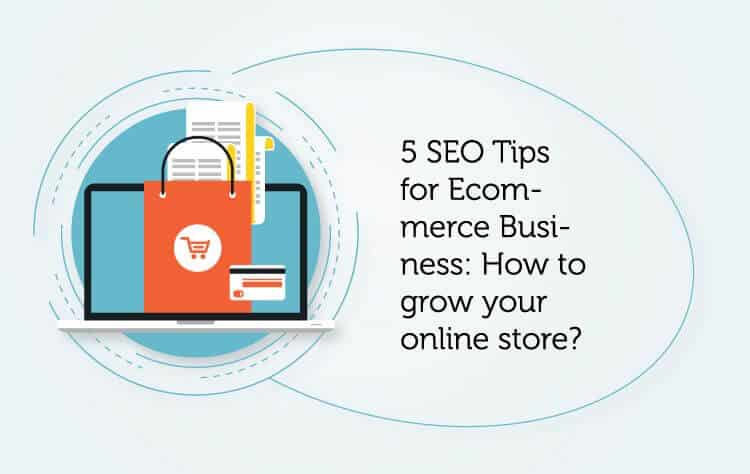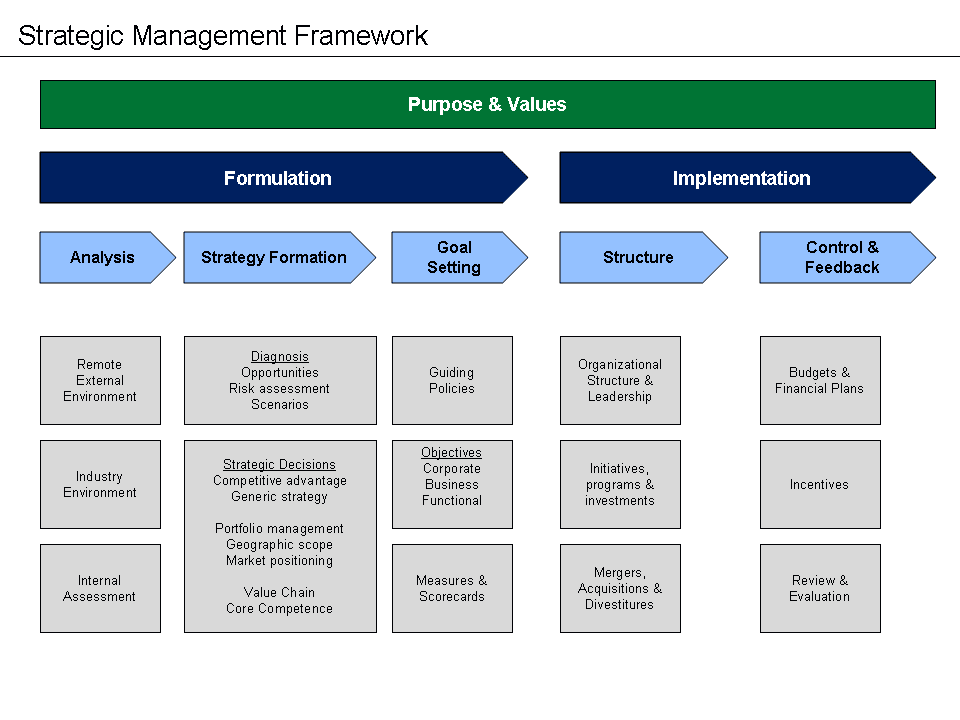E-commerce business is one of the top-grossing industries in the world. According to eMarketer, it is the only trillion-dollar business that is growing at a double-digit percentage.
Research done by New State of nation Retail Spotlight tells that Australians spent around $37.8 billion over the internet in the 2014 financial year. And around 4 out 10 buy at least one product on four week period.
Although there isn’t an exact figure that tells the number of e-commerce stores present at this time, the estimation rounds up from thousands to millions.
And yet, only 110000 websites are generating any meaningful revenue.
Reason can be different for every niche.
However, you can swamp different errors in the gutter by just getting the SEO basics right.
This is where most online merchants make mistakes.
They don’t care about SEO. They believe in the notion of listing the products and hoping everything will fall into place.
But, even after a tonne of promotion, Google may still hate your site.
This is where these brilliant SEO tips for Ecommerce Business will help your website move on the right track.
Proper keyword research is the gold mine of Ecommerce SEO
I can’t stress enough on the importance of finding the right keyword. If you can work on keyword research, the hard part of Ecommerce SEO drops down to 50%.
Your research should boil down to finding local long tail specific keywords for the product pages. You should focus less on the homepage designs and give more priority to the landing pages. Why? Because your product pages get the most share of traffic from Search Engines.
Users that land directly on your homepage is most likely direct traffic. Now, direct traffic isn’t bad. It means they know your brand.
But, we are focusing on organic traffic for now.
So, how would you find relevant keywords to your brand or products?
If it was 2014, I would have told you to scan through Google’s keyword planner. But since Google has made it difficult to find the right keywords for free users, we need to look into untapped keyword sources.
Now, one way to find a hidden gem is to look into Google’s own suggest box and related searches.
For example: This is what I got when searching for the brown leather notebook. This long tail version of keywords can be perfect for your product. Make sure you aren’t targeting anything broad like “notebook.” Always target long specific keywords that have low competition.
Similar to product pages you should also find keywords specifically targeted toward blog posts. You can also use tools like SEMrush to bully through your competitor’s keywords with low competition.
Set up Structured Data for Products
Since Google’s patent update of Ranking search results based on entity metrics, structured data has been a hot topic.
Who doesn’t love these pretty little rich snippets?
Rich snippets have direct as well as indirect impact on the ranking of your website. If you can’t take my words, scan through the patent and try to break down the real meat.
Google is a user-oriented search engine. And, snippets like above can only create great user experience. This is what Google loves & this is data they use to better understand the page.
Integrating Schema looks daunting if you just look at the codes. However, if you know a little bit of HTML, you can easily integrate it on your product pages. If you don’t like to go through that hassle, you can always use JSON-LD as Google have become better at understanding Javascript. You can follow this guide to help you through.
If you are on WordPress, you have the option of plugins. However, I haven’t come across one good plugin that does the work perfectly. So, I would suggest you sink your hands on JSON. Or, ask a developer to do it for you.
Ensure your website is quick
Google says that it uses about 200 factors when it comes to ordering a resource in the search page. While we can’t decode every factor, we know site speed is one of the key elements.
Google offering its own page speed tool to measure the productivity is one signal that Google loves a site that has a quick load time. Google continuous updates to improve user experience by bringing projects like AMP makes it clear that they are serious about speed.
Get the basics right while making a website that loads fast. Avoid too many landing pages redirects, use image properly by optimising for users as well as search engines. At the end, if you are using a CMS like WordPress, you can use a plugin like Total Cache to help you out.
Note: Unlike other plugins, you need to know how to set up Total Cache to use it to its full effect. Here is a simple guide by WPMUDEV that can help you get the basics right.
Get your Basic SEO correct
You don’t have to be an SEO ninja to understand the downright basics of SEO, right?
I mean how hard it is to understand that you need to optimise the Meta tags and product description?
But this is where every business owner or marketer gets it wrong.
I know it can be daunting to update every single page with unique description and titles. But, you need to make search engines work easy by giving what they want.
And, never go for the same content over and over again unless you want to get slapped by Google’s favourite animal – Panda.
Similar to page title and description, category pages play a vital role in describing your pages.
Don’t repeat same content everywhere. If you can’t come up with content or have thin content, add a canonical tag to the major product page.
SEO without sales equals nothing
There are different analytics tools out there with advanced features. But, I have been a big fan of Google analytics since its inauguration. So, I would suggest you get your works cut out with this simple analytics platform.
If you know how to play with it, you can mine untapped data that makes decision making much easier. First, sign up for the free account and start by adding a code in the head tag of every page of your site.
This will let you access to basic data like traffic source, sessions, bounce rate, and landing page, and more. I would suggest you also integrate search console within analytics to get more rich data.
Now, you should install e-commerce tracking within GA. This is a must for every e-commerce owners. The insight given by this tool is vast and will lead to some awesome data.
The e-commerce site is always a hassle to manage for a developer as well as SEO. If done correctly, it can reap huge benefits. But, if neglected, it can come to haunt in long run.
So, get these 5 SEO tips in position for your e-commerce business. What do you think has helped you most in terms of SEO? Let us know in the comments below.











